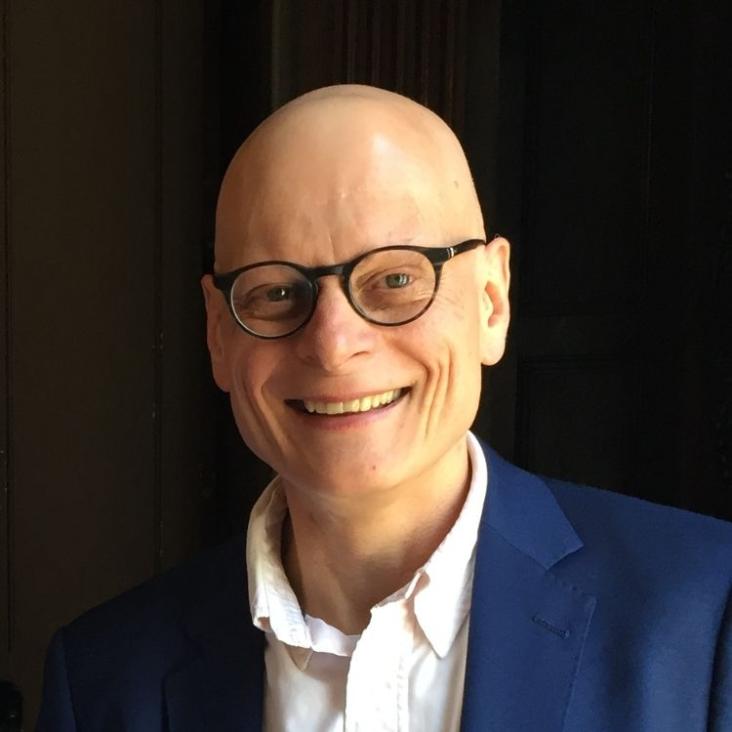Nonclassical light manipulation in a multiple-scattering medium.
Optics Letters Optica Publishing Group 39:21 (2014) 6090-6093
Simultaneous spatial characterization of two independent sources of high harmonic radiation.
Optics Letters Optica Publishing Group 39:21 (2014) 6142-6145
Quantum teleportation on a photonic chip
Nature Photonics Springer Nature 8:10 (2014) 770-774
Continuous-Variable Quantum Computing in Optical Time-Frequency Modes Using Quantum Memories
Physical Review Letters American Physical Society (APS) 113:13 (2014) 130502
Strain-optic active control for quantum integrated photonics
Optics Express Optica Publishing Group 22:18 (2014) 21719-21726


